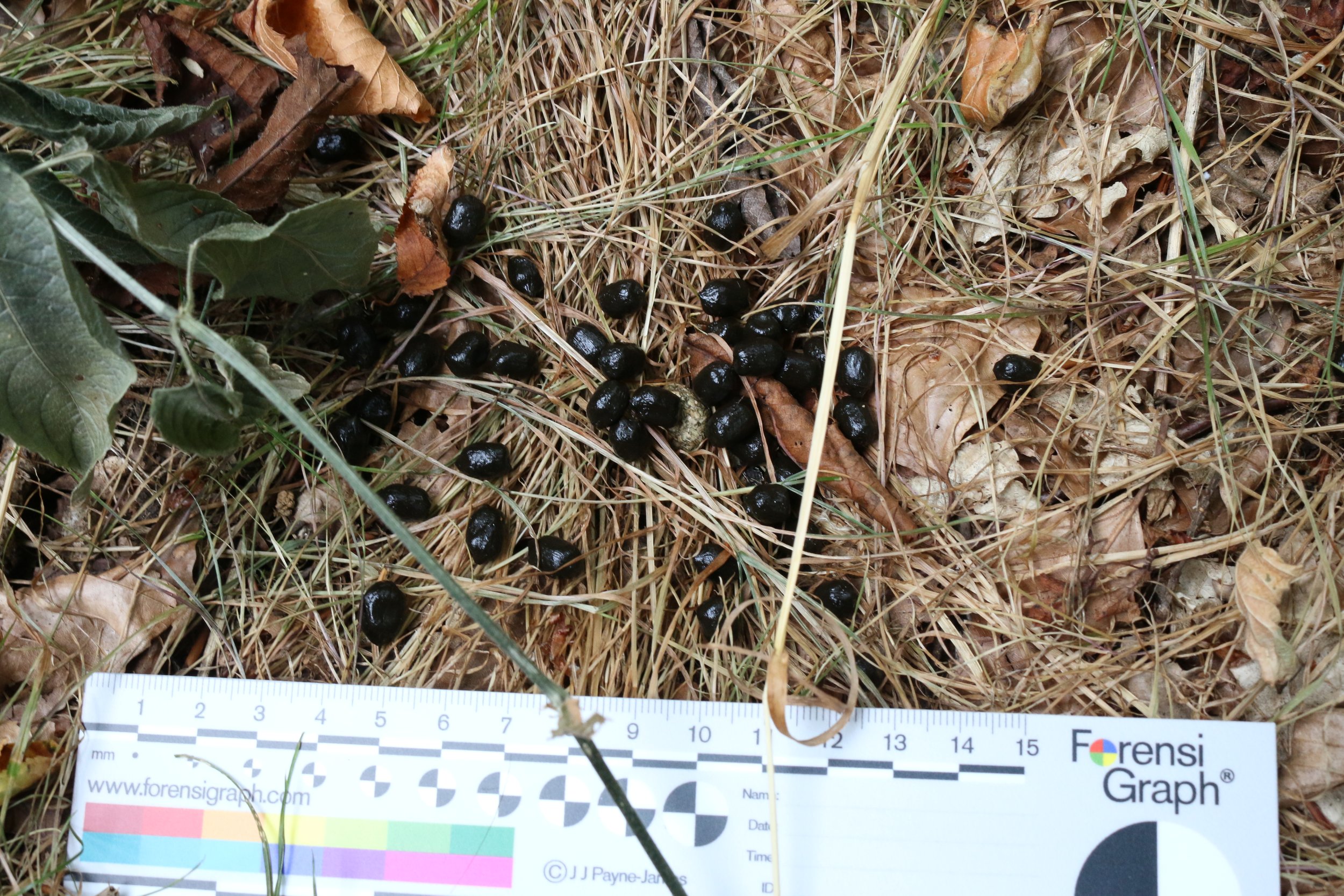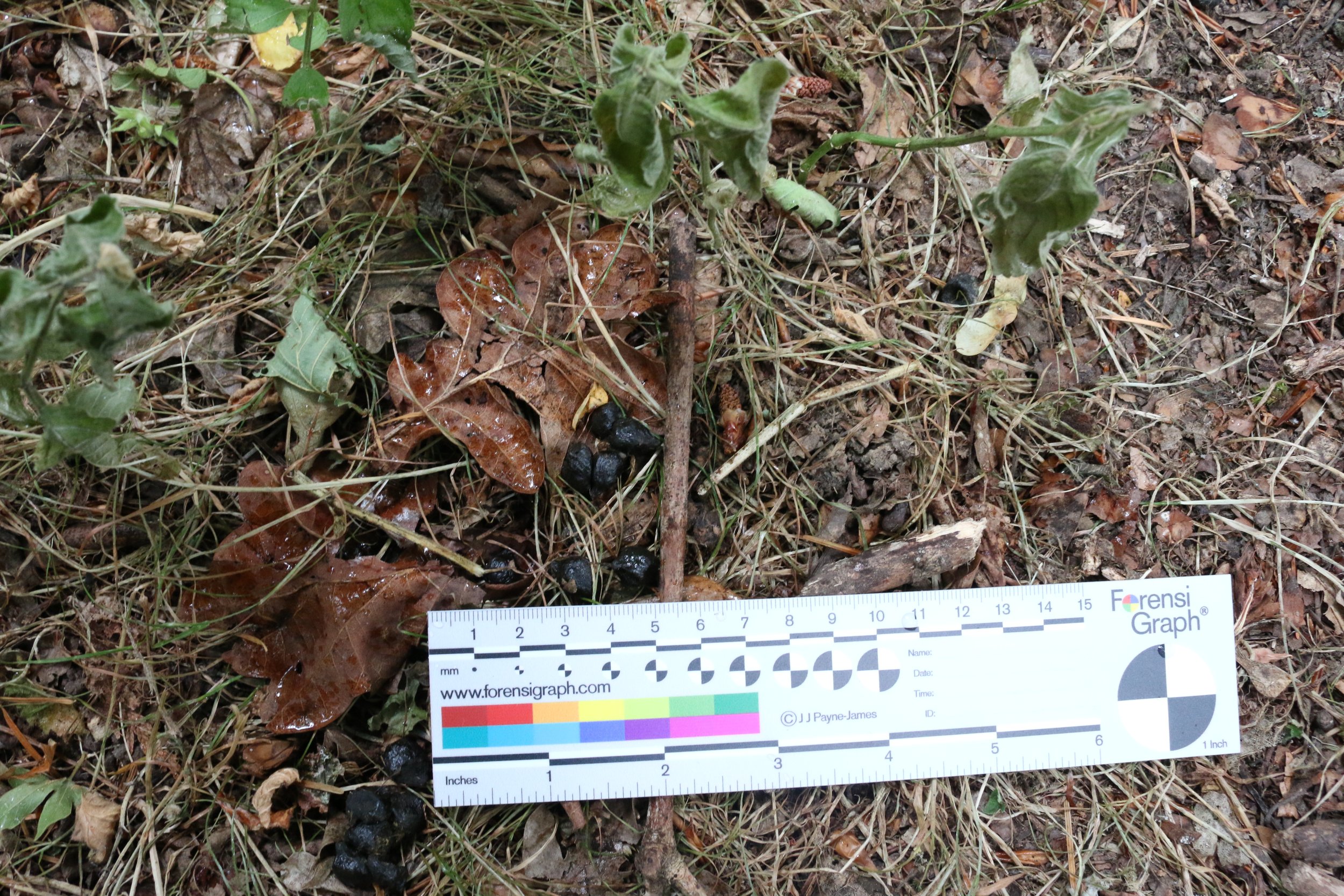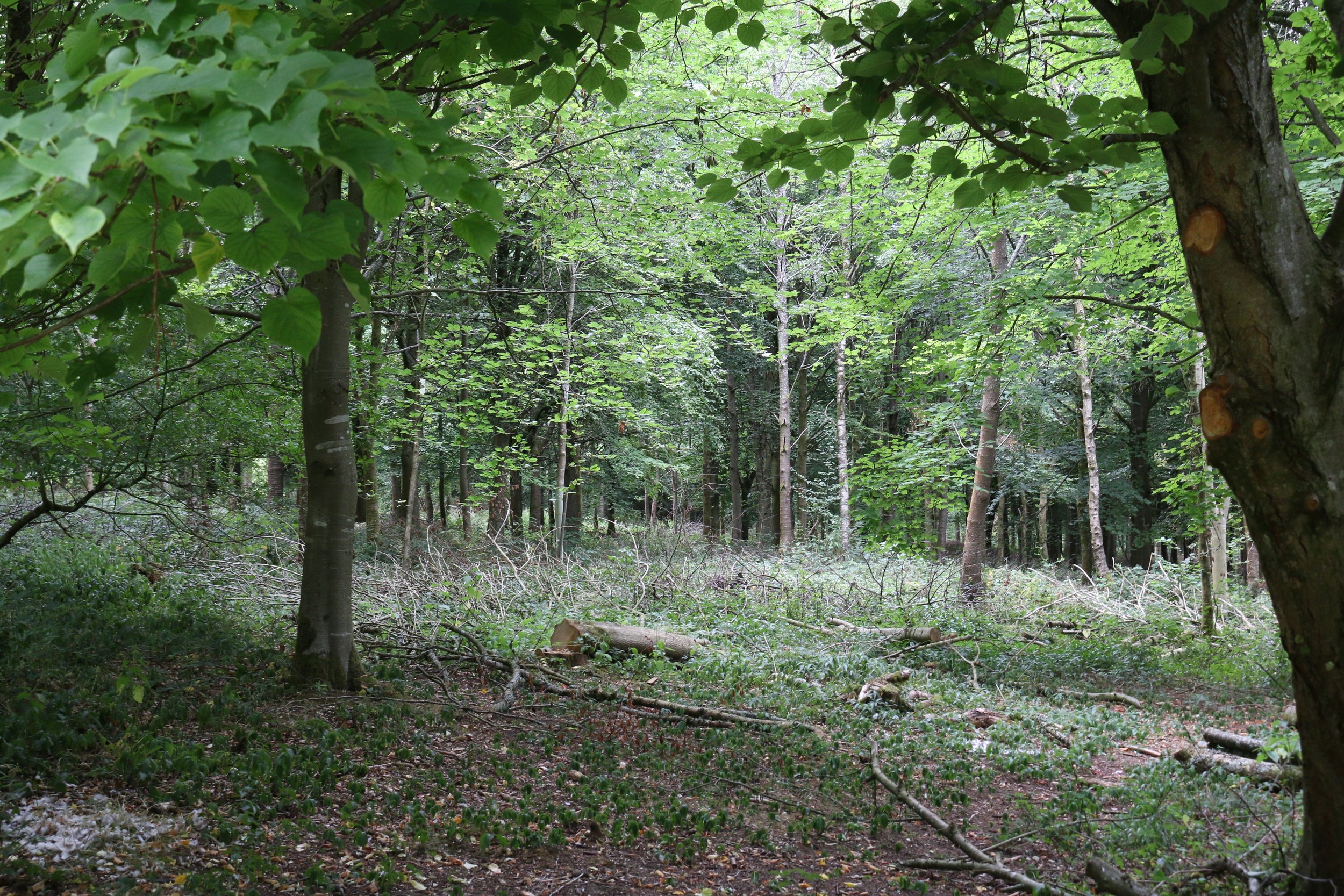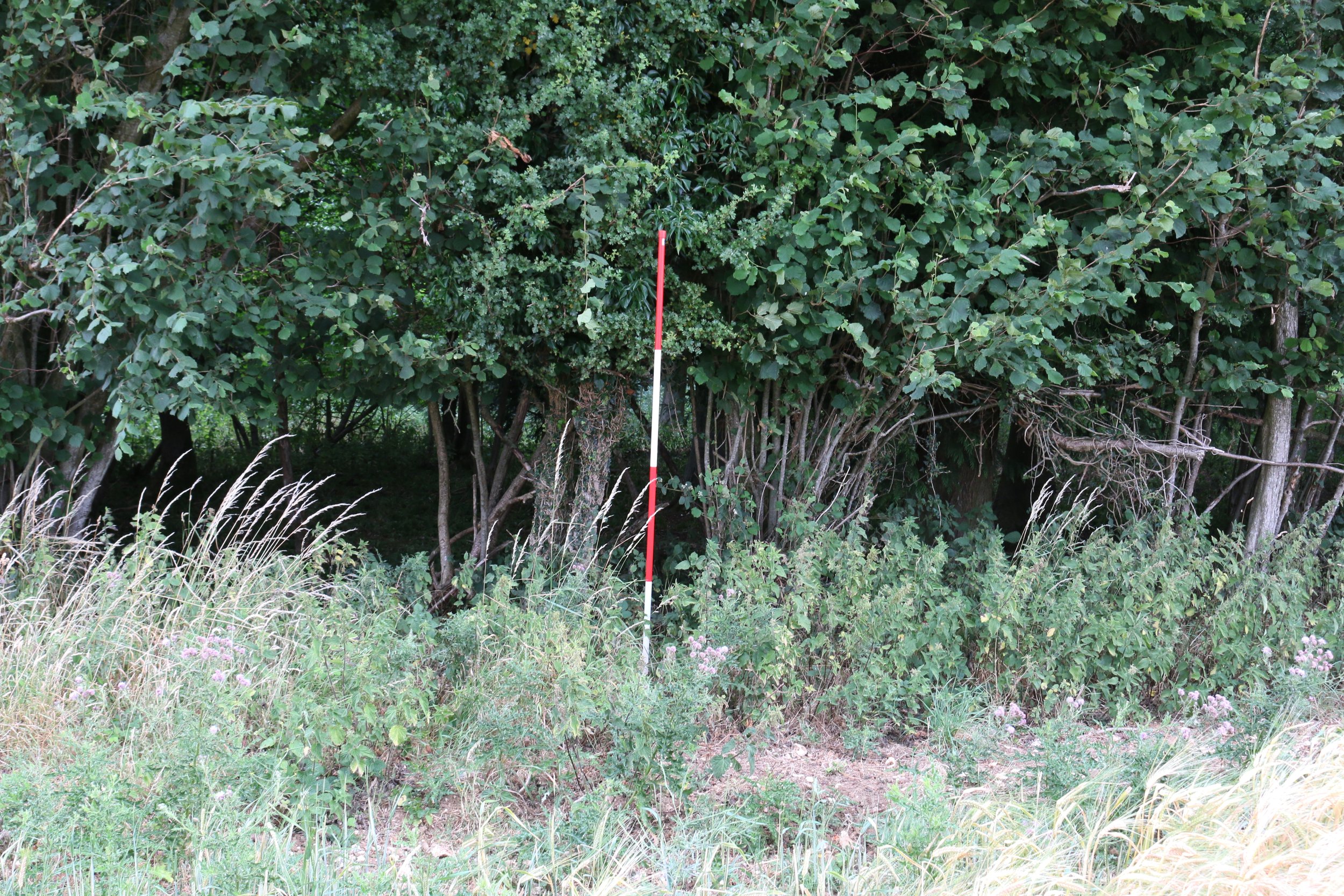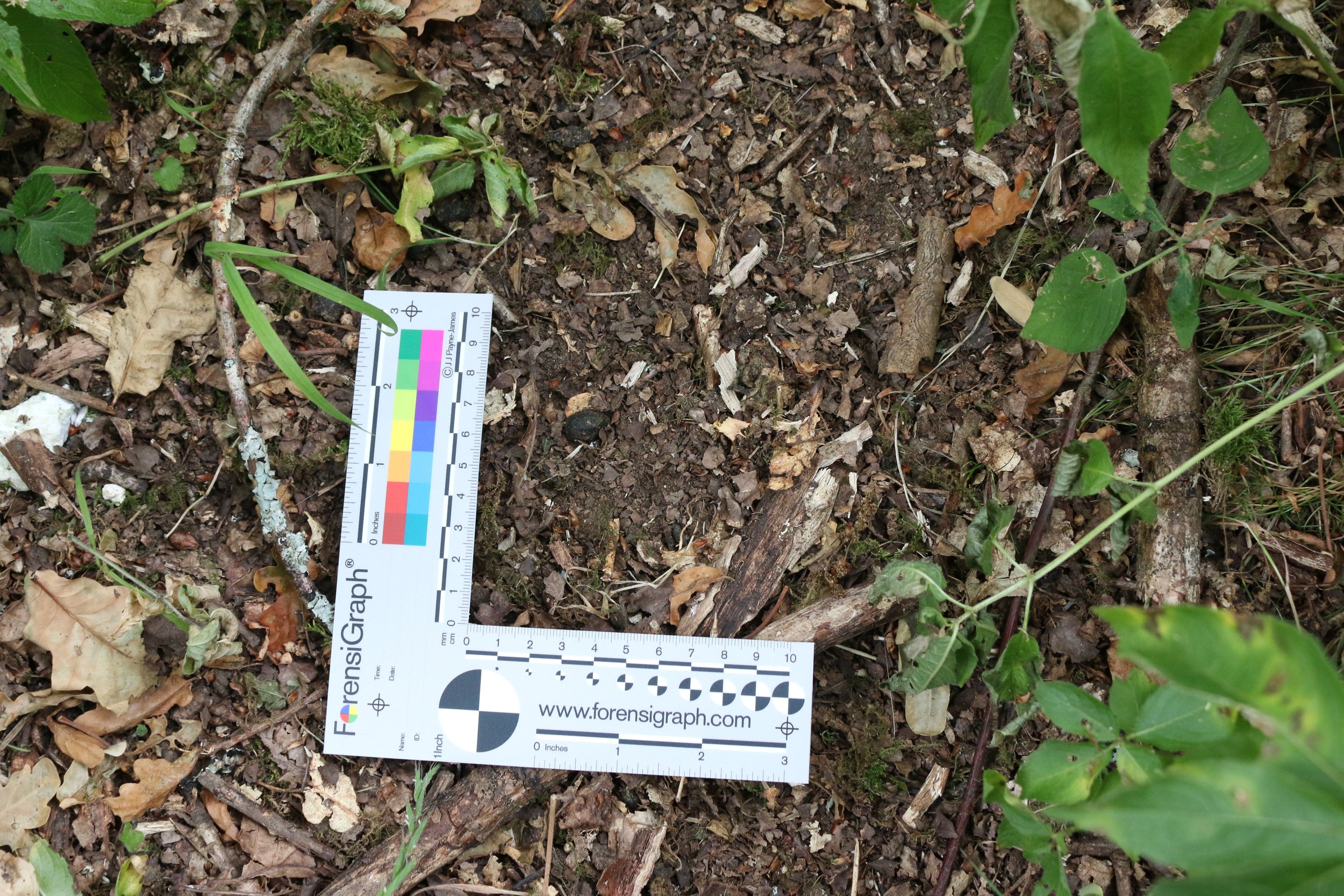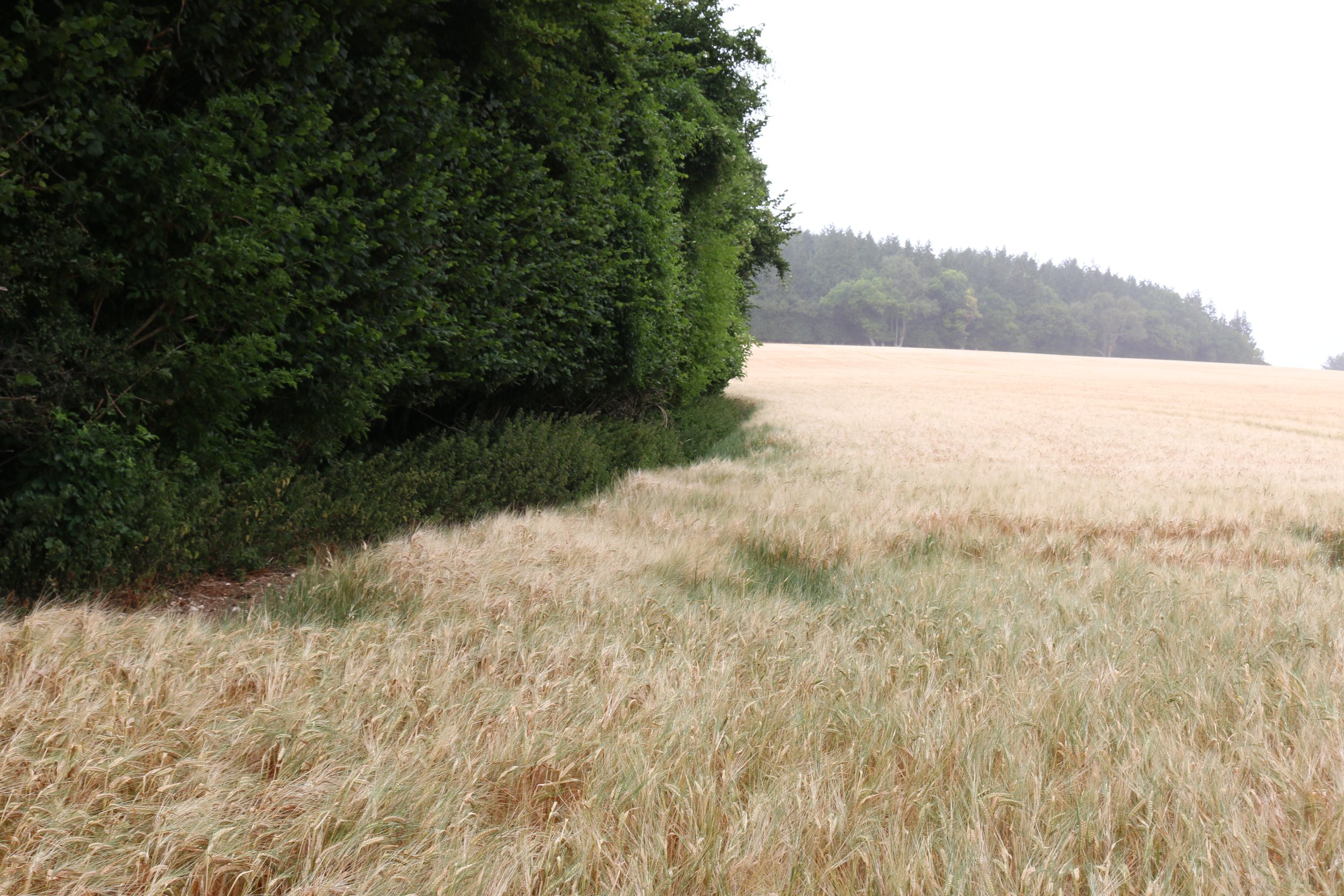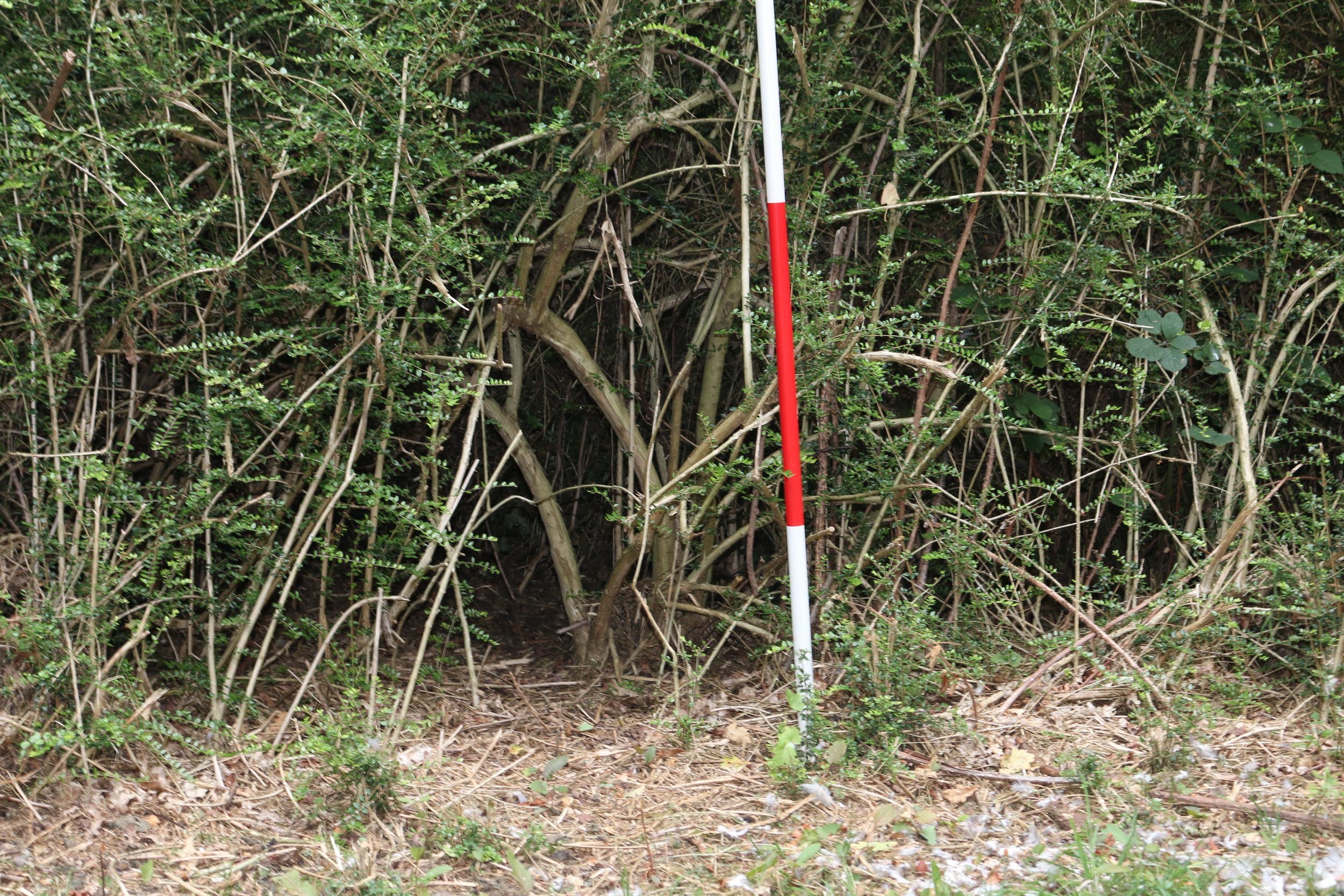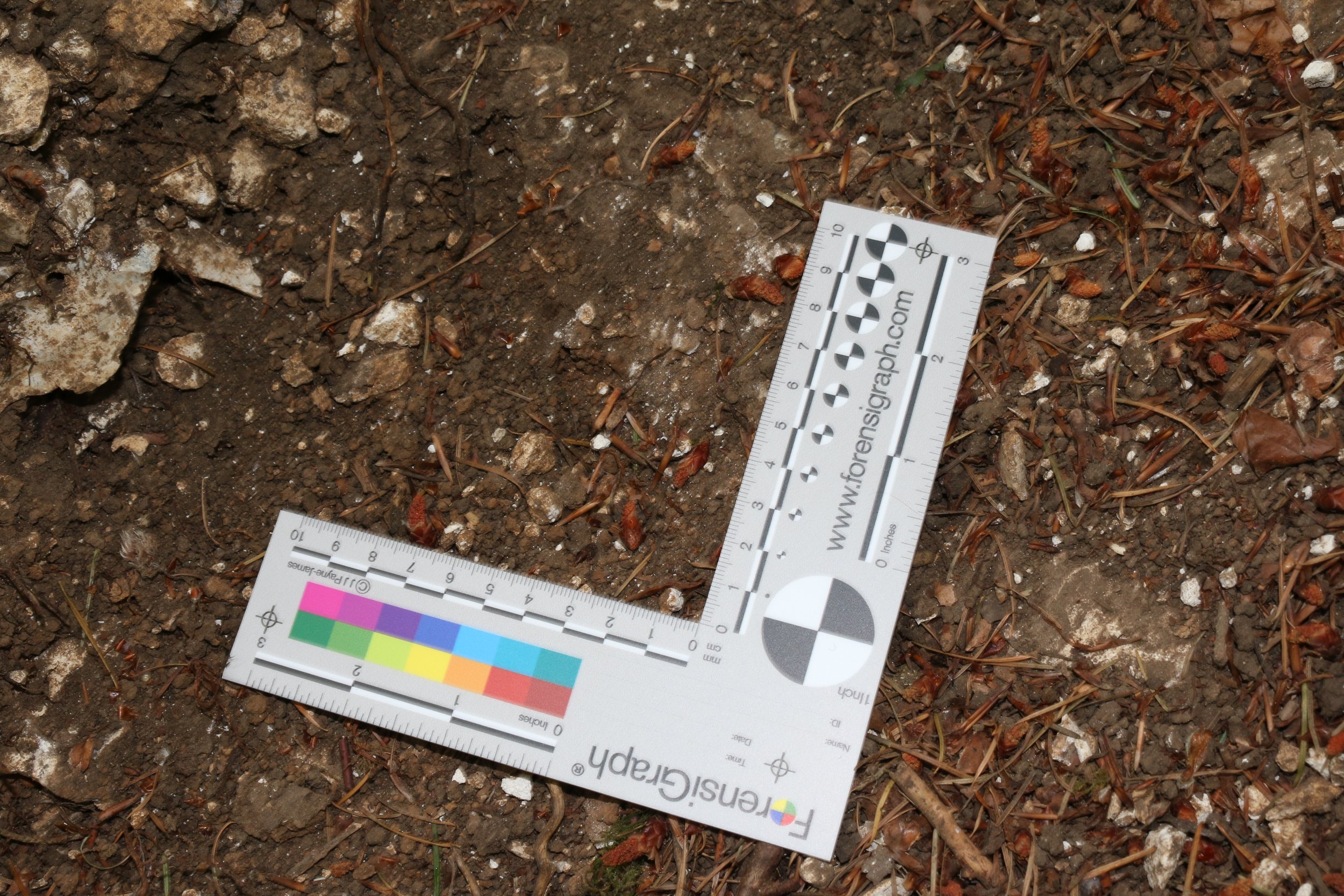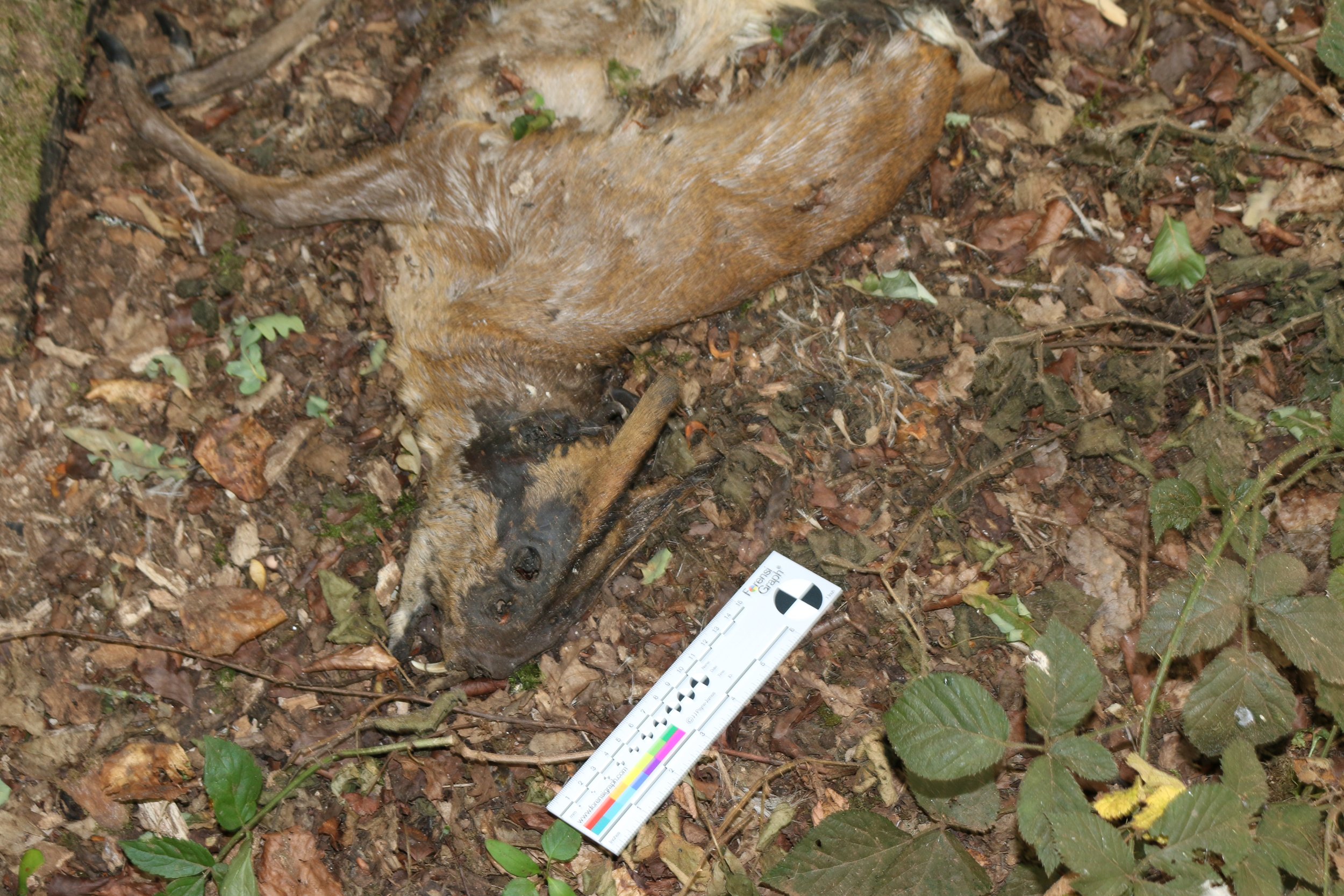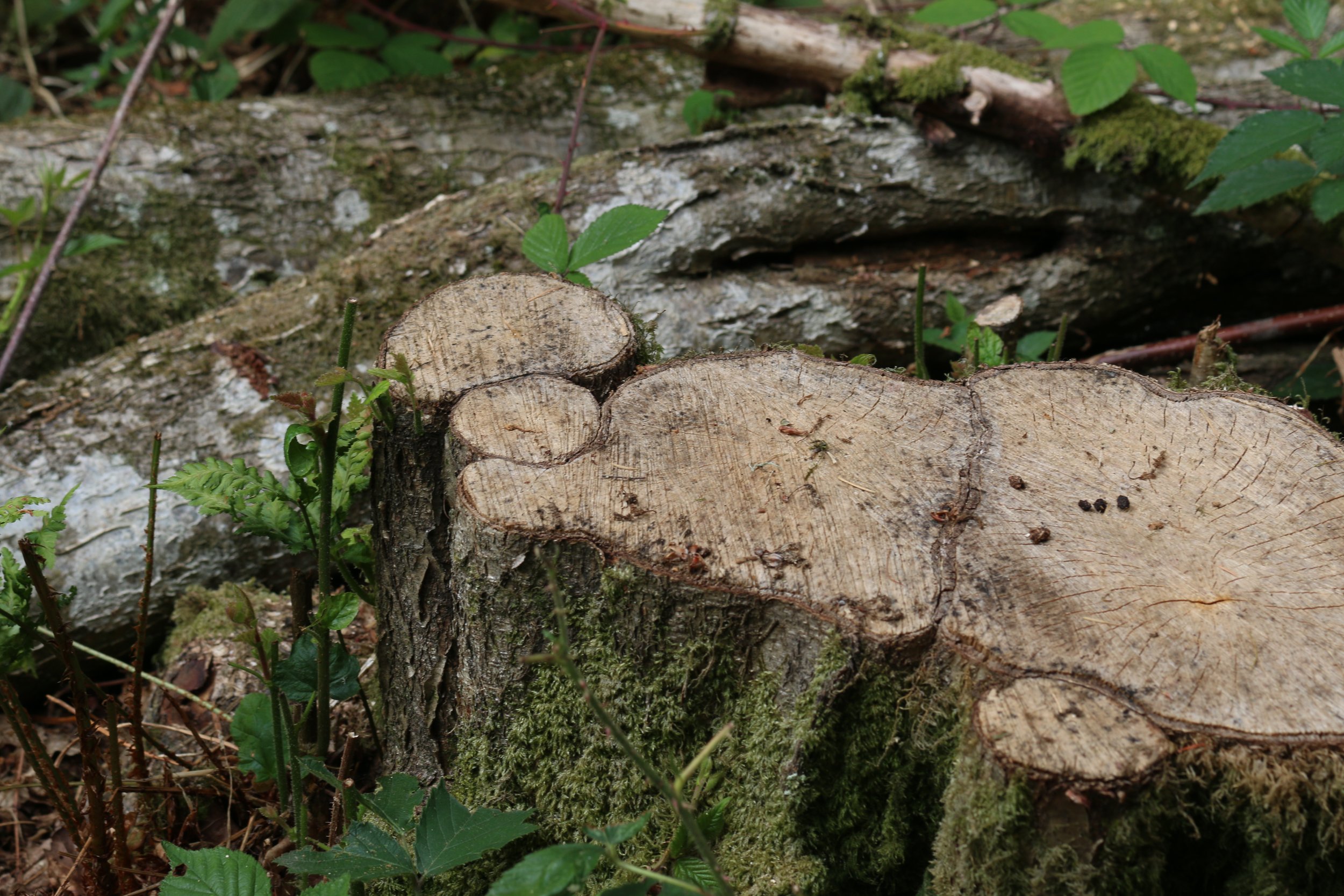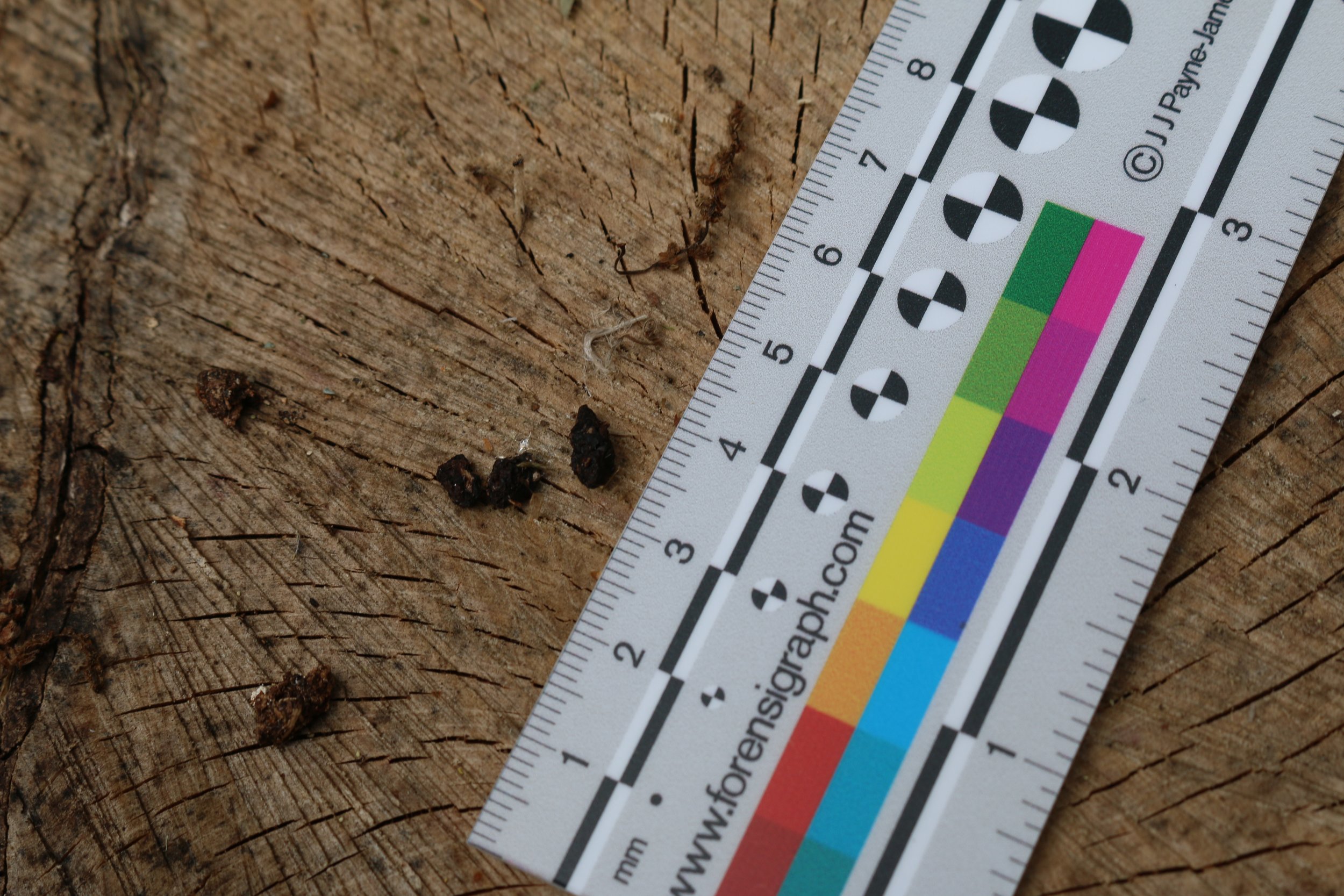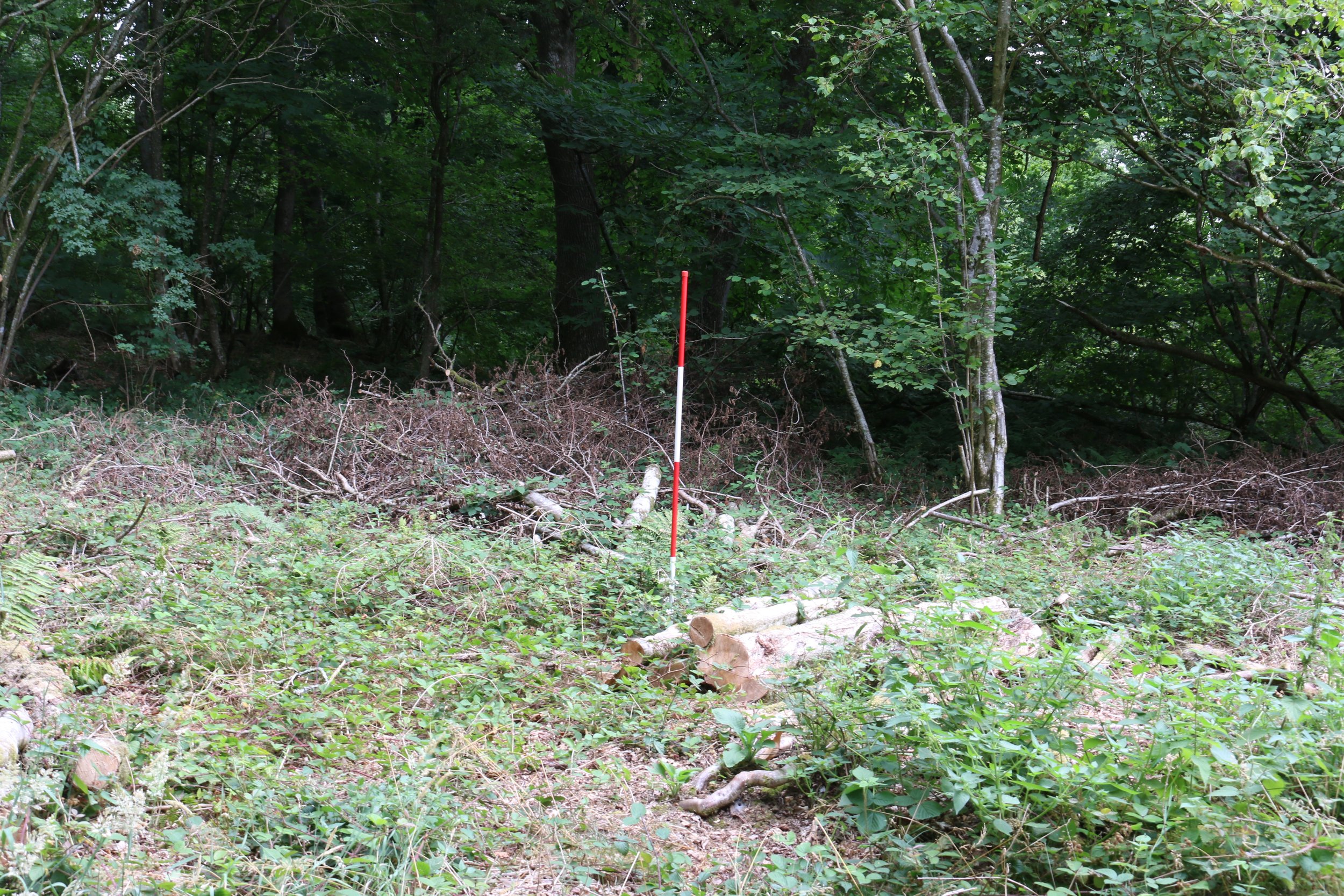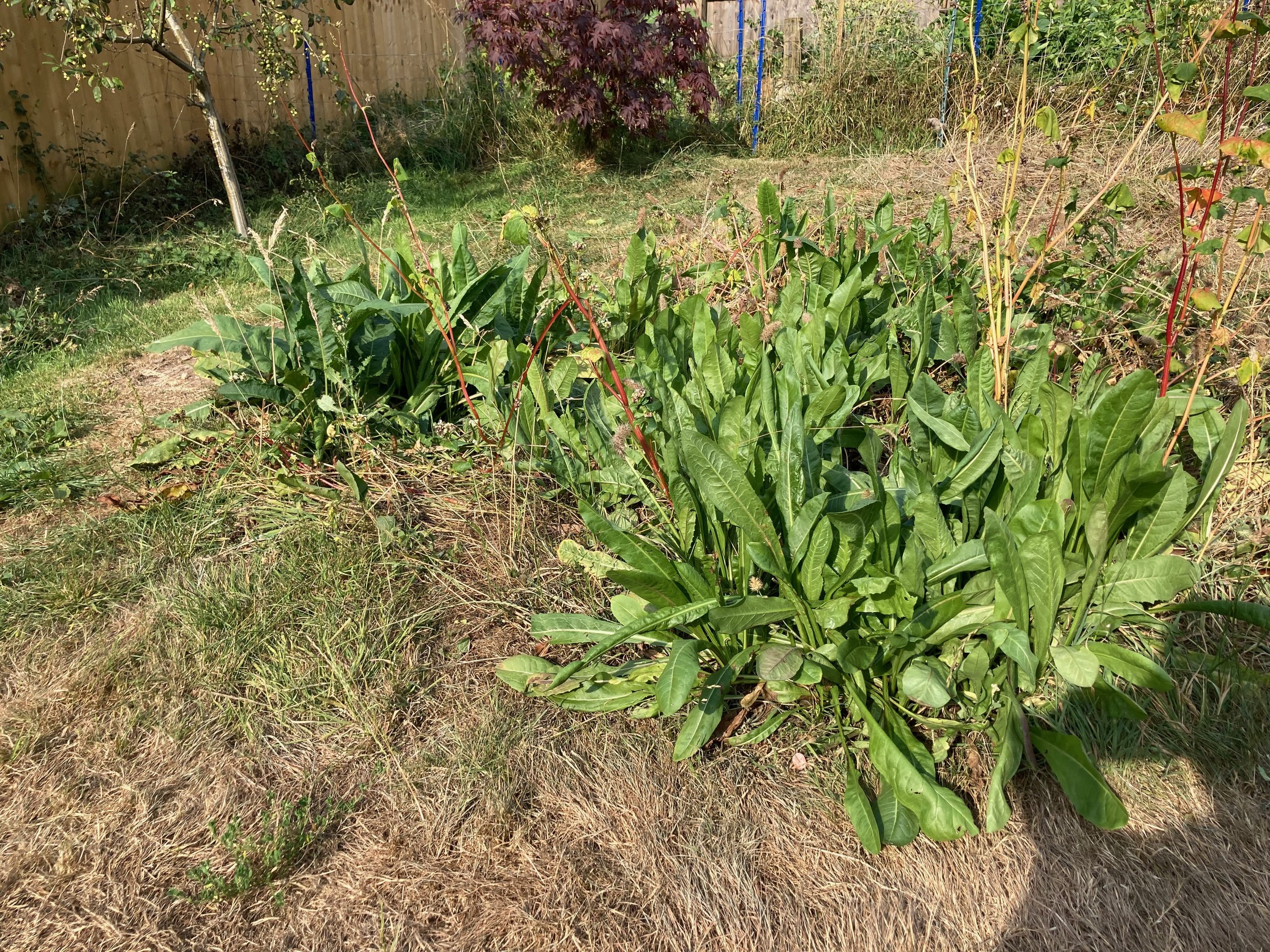Royal Society of Biology
I am pleased to announce I have been elected to full membership of the Royal Society of Biology (MRSB).
Using trail cameras to understand deer occupancy in woodlands - An MSc project
The link below will take you to a copy of my MSc project looking at deer occupancy and information which can be collated from trail cameras when looking at deer within a woodland setting.
New Position
As of July 2023, I’m working for the National Trust as a Wildlife Manager covering the Somerset Coast and Countryside portfolio. This includes 6,500 Ha of National Nature Reserve and SSSIs. It is an exciting role where ecological data gathering and wildlife biology science are used to deliver realistic, data supported wildlife management solutions across various habitats and species. I am also looking at developing multi species approach to mitigating bTB interactions between wildlife and cattle.
Whilst this is a full time position I still have some capacity to help on smaller projects so please get in contact if I can help.
GIS and uses for conservation. Drainage and ponds.
GIS offers some powerful analysis capabilites. The map below was produced using the EA’s Digital Elevation Data at 2 metre intervals to model the water channels and drainage basin of a farm for a client. This offers a useful ‘picture’ for planning of drainage ditch maintenance and possible locations for pond construction.
This was created using QGIS and the SAGA range of tools.
WS1 and WS3 Grant Applications - Initial thoughts
I’ve been supporting a woodland management company over the last couple of weeks in getting the draft proposals together to apply for WS1 and WS3 (deer and grey squirrel managements). These grants are supplementary to the WD2 (woodland support grant). Around 800 Hectares of woodland spread across 3 estates.
There is quite a bit invovled in getting the initial proposal together and ensuring that the objectives of the woodland management plan align with the deer and grey squirrel plans. Each of the deer plans cover 3 different species of deer, each of which have different behaviours and impacts on the habitat and woodland. They also represent differnet challenges for those delivering the cull. Incorporating all the various and often competing factors into a cohesive and deliverable plan that stands up to scrutiny by those administering the government grants is fine line to tread. With £90/Ha for WS1 and £50/Ha for WS3, the financial incentive is there.
Going forward and once the grants have been approved, the real work will then begin. The surveys, plan management, achievement of culls, and record keeping have definatly stepped up from that previously expected, as has the financial liabtiliy of not getting it right. I am looking forward to seeing how these plans develop as there is now good financial support in place to support the work needed to manage deer and grey squirrels at population levels that the habitat can support whilst maximising the conservation value. Cull plans can now be driven by more accurate data collected from habitat studies and population estimates using a range of ecology science techniqes.
WS1 Deer control and management and WS3 Squirrel control and management
The WS1 and WS3 supplementary grants are now available as part of the wider woodland grant scheme.
If you need help with the application process and delivery of the the various elements to maintain compliance then please get in contact. I have been helping various clients out with these and will ensure the requirements are met to meet the standards.
WS1 Deer control and managment
WS3 Squirrel control and management
Red Deer Management - Now is the time to gather the data.
These are 3 trail camera clips from a recent welfare survey I’ve been doing for client. She was under the belief that the small woodland was only holding around 6 or 7 Red Deer. The deer fencing had failed about 4 years ago in a couple of places and the Red Deer moved in. With no public access and hunting pressure minimal (deer only lethally controlled for welfare reasons as per the owners wishes) the Red Deer have numbers have increased significantly.
Estimating deer populations to a reasonable degree of accuracy requires unbiased data collection using an appropriate cost effective means and statistacal modelling. What is more important though is understanding what level of accuracy is needed to ensure woodland and deer management plans have the right actions in place.
From the 3 clips above and it can be seen that approx 27 Red Deer pass though the trail camera. There is nearly 20 seconds inbetween each of the clips, so any deer passing in that window would not have been counted. What is also not known is how many deer have crossed this area on the other side of the trail camera. For our purposes though this is good starting point to base the deer management plan on. Quick modelling, using some broad assumption would be that this group is a Hind and yearling group. By understanding Red deer ecology it can be assumed that half the group is adult female (approx. 12 rounded down as an injured Hind was recently culled out). If 80% of these give birth in the next couple of months then the population will increase by another 10. Another factor worth considering is that by next autumn this years young will be off breeding age. If the young number approx. 14 then it could be assumed that 50% are female, so another 7 Hinds will be producing young next year. We can refine this figure shortly as last year’s male young will very shortly start to show pedicles as the start of antler growth. As can be seen from the very broad quick population modelling, what started as a small handful of Red Deer quickly develops to a signficant number.
Other factors to focus on now, will be measuring the impact on the woodland habitat flora, which we would anticipate to be high. I also need to understand the how often this group is residing in this small area.
Impacts I have already noticed is the displacement of the Roe Deer in the area who used to be at healthy number. The difficulty that comes now is that the number of deer to be culled is significant to get the population back to a level that the habitat can support and that is healthy for the conservation of Red Deer as a species.
Red deer injuries and deformities
This is the image of a Red hind’s rear leg. I had caught an image of this particular deer during a trail camera survey. The ability of these animals to survive and function with such injuries is exceptional. The extent of the injury was starting to impact on the hip, and the ability for her to move about was clearly troubling. Further investigations post mortem revealed that this deformity was caused by a broken bone in the leg. Are ethos is about replicating the function of natural predators as closely as possible to maintain deer populations at a healthy level. Whilst we are not as efficient as natural predators, the approach I use demonstrates that with time and a bit of technology we can achieve something which is close. It is also important for the welfare of the individual animal, as the landowner stated, you would not keep livestock with such an injury.
Woodland hedges
With most of the deer cull plans now complete, I’ve been finishing off some hedge work. The hedges have been neglected since the woodland was planted, following advice to leave the hedges. After a couple of decades of just trimming, the hedge had become hollowed out with most tree species starting to decay. The benefit to fauna and flora was limited. By cutting out most of the old material, this hedge should grow back to a state where it can be laid properly. Some hazel and hawthorn whips have been left as has a holly bush.
The woodland edge has the maximum biodiversity value as this is where the transition between habitat types supports a wider range of species. Managing hedges helps to improve this biodiversity value. It also helps to ensure access to wood is easier around the outside edge. It will be interesting to monitor this hedge bank over the next 2-3 years to see how it changes. The increase in light levels into the wood is already noticeable. With birds starting to consider nesting sites, and some flora species starting to emerge, the job has been completed just in time. Cost is always a consideration with these projects and that prevented the full hedge being completely restored and laid.
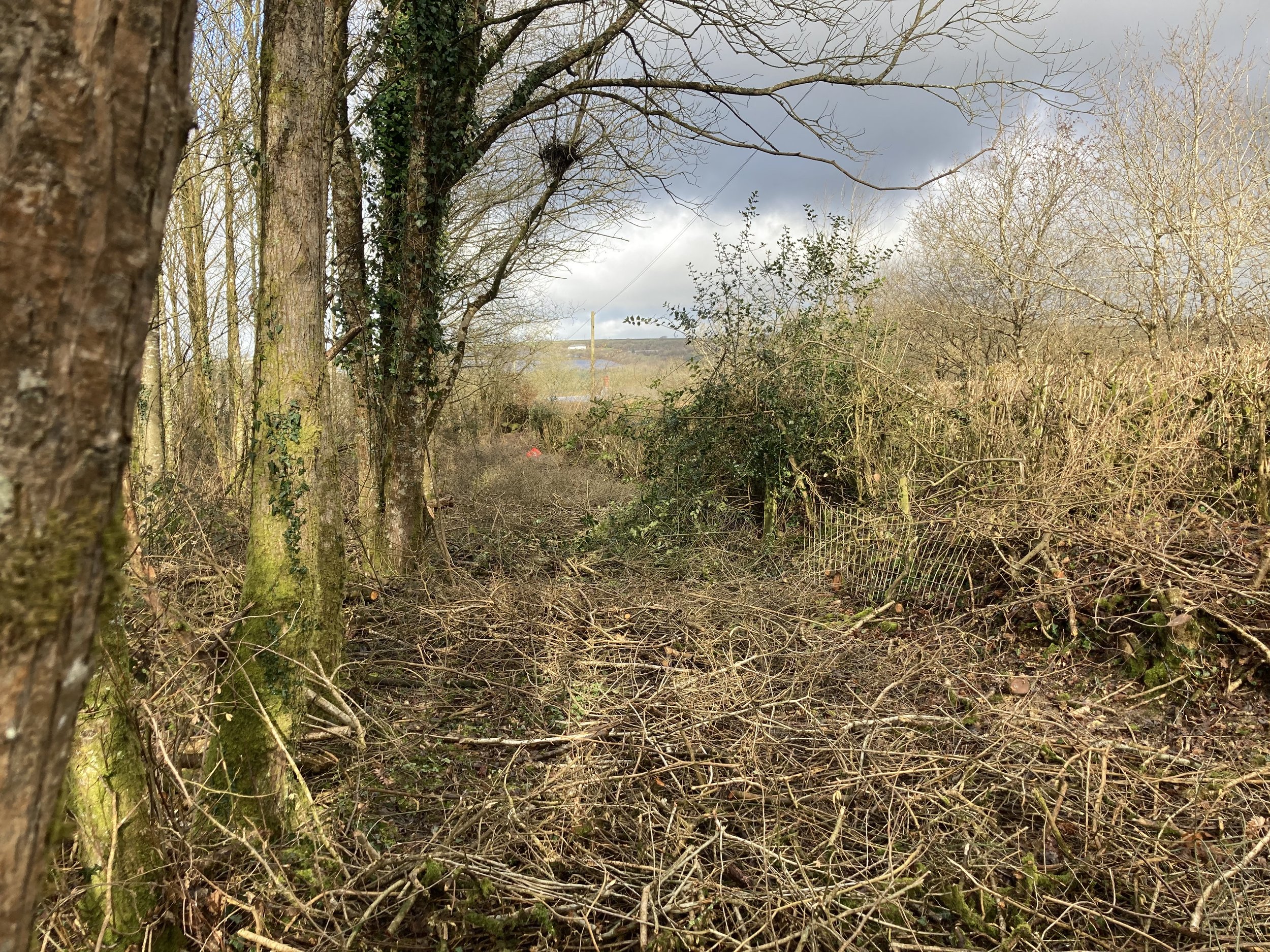
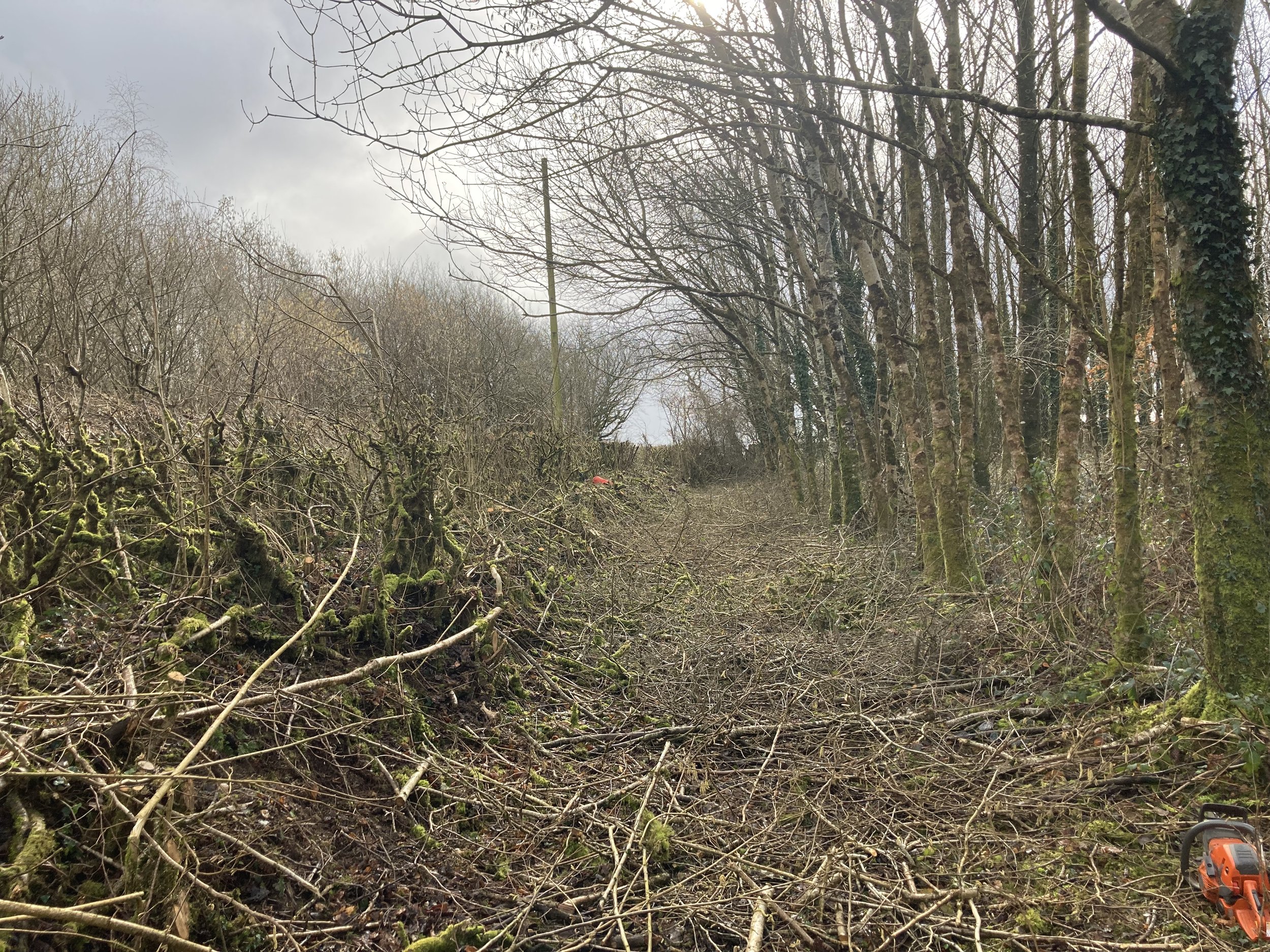
Change of Business Direction
The original concept for the business, which was formally known as Artemis Deer Consultancy, was to focus purely on deer management. The Artemis Deer Consultancy business was moth-balled early last year.
Capreolus Ecology is the new direction, built on knowledge gained during my study for an MSc in Wildlife Biology and Conservation and changes to government grants supporting woodland and forestry. Whilst deer conservation and management remains the bedrock of the business, Capreolus Ecology is focused on the complete forest ecology and conservation. It is a massive subject and I continue to learn and develop skills which enhance the overall package that I can offer to support clients.
Woodland Ride Seed Mixes
Having had a bare patch of earth on the lawn and no grass, I thought it would be an ideal opportunity to try out the Bright’s Seed Deer Grazer Mix. This seed mix contains Amelia Vetch, Choice Chicory, Buckwheat, and Alberobello crimson Clover. It was planted in late March and grew really well with very little tilling and seed bed maintenance. Once established the insect life was significantly more ‘busier’ than the surrounding ‘lawn’ area. What was particularly interesting was how the Choice Chicory appeared to thrive in the very hot conditions when the grasses and other flora where deminished.
Whilst diversionary feeding has mixed success as part of deer management strategy, with hotter and more drought like conditions forecast to be more frequent, perhaps this seed mix may do well as part of an adaptive management approach to woodland rides and deer lawns where the intention is to promote natural regeneration of trees and shrubs in the nearby area, and also support other deer management objectives. The benefits to the wider ecosystem management would need further research to quantify the value added if any, but may be worth a go.
Some of the photos below where taken of the flowers and plants in May and the burnt grass comparison was taken in August after the second of the heat waves.
Deer Activity and Habitat Impact Surveys
We’ve been out over the last week carrying out deer activity and habitat impact assessments on estates in Hampshire. The spring is the ideal time to get them done, however sometimes this is not possible and it is better to gather the data at some point than not at all. This allows us to trend against previous years and to ensure the deer management plan is updated along with any other recomendations. The hot weather and lack of rainfall has certainly taken it’s toll on the flora. The photos below are ones which we include in the surveys and analyse to determine what impact the deer are having and what the activity level is. We are able to identify which deer species is having the most impact and which are having negligible impact. We can identify if other mammal species are having a negative on the trees.
The red and white survey pole is graduated at 0.5m intervals to record the depth of cover and height of browse lines.
